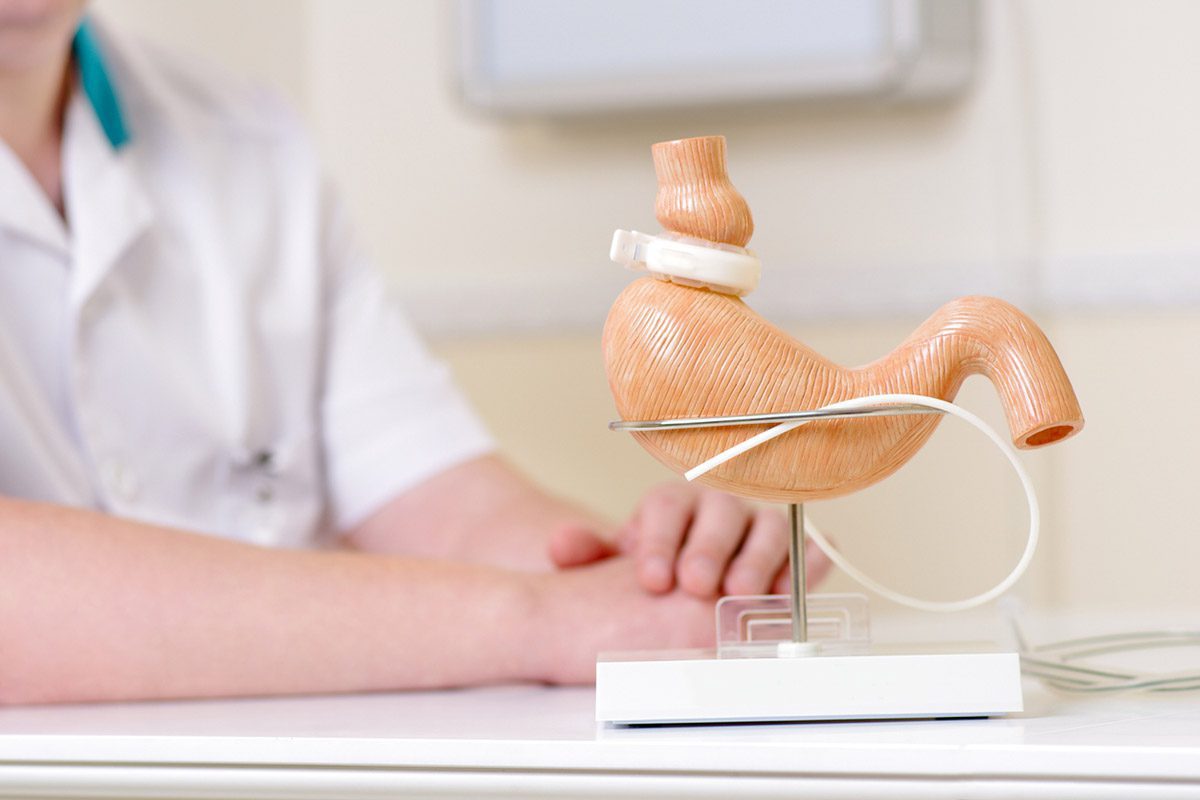Rates of Major Malformations in Infants Following Exposure to Duloxetine During Pregnancy: A Preliminary Report
To the Editor: There are no published prospective, comparative studies examining the safety of duloxetine in pregnancy, and, to date, there are only 2 case reports describing its use in pregnancy: (1) a 29-year-old woman was treated with duloxetine for depression during the second half of pregnancy and gave birth to a full-term healthy infant,1 and (2) an infant was observed after birth with signs of possible poor neonatal adaptation, following exposure in utero to duloxetine in late pregnancy.2
Here, we report the results of an international collaboration designed to evaluate the safety of this medication during pregnancy. Our main objective was to determine whether the use of duloxetine during the first trimester of pregnancy is associated with an increased risk for major malformations above the baseline of 1%-3%.
Method. In this observational multicenter cohort study, data on duloxetine exposure were collected prospectively from either women or their health care providers who had requested information regarding the use of duloxetine during pregnancy. These data came mainly from national teratogen information services that provide evidence-based information regarding the safety of and risks associated with drugs and other exposures during pregnancy. The data were collected from March 2010 to April 2012 and were from Canada, France, Israel, England, Italy, Australia, Switzerland, and Finland. French data were collected from several pharmacovigilance centers, which use procedures similar to those of teratogen information services, although requests are received mostly from physicians. The United Kingdom Teratology Information Service does not currently routinely collect data from women, as it is their health provider who makes the initial inquiry.
During the initial contact, demographics, medical and obstetric histories, and details of drug exposure, as well as concurrent exposures to other substances, were recorded by teratogen information service staff on a standardized questionnaire. Then, shortly after birth to approximately 2 to 3 months after delivery, research assistants at the teratogen information services contacted women who had taken duloxetine during pregnancy and obtained their oral and/or written consent to complete the pregnancy outcome questionnaire.
The study design included 2 comparison groups of equal numbers of women unexposed to duloxetine, who were chosen randomly: (1) women who were inquiring about exposure to other antidepressants and (2) women inquiring about an exposure not considered teratogenic, such as acetaminophen, antibiotics, or hair color. These women were matched to the duloxetine group for age and alcohol and tobacco use. The main outcome of interest was the presence or absence of major malformations (genetic and cytogenetic anomalies were excluded).
This study was approved by the Research Ethics Board at The Hospital for Sick Children in Toronto, Ontario, Canada, and, for centers in the other countries, by local research ethics boards. In the United Kingdom, data collection is covered by Section 251 of the NHS Act 2006.3
Results. We completed 624 pregnancy outcomes, with 208 in each group, and rates of major malformations were similar between the 3 groups (P = .992). There were 165 live births and 3 malformations (1.8%) in the duloxetine group (clubfoot, kidney agenesis, and hydronephrosis). Two hundred six (99.0%) of the women took duloxetine prior to becoming pregnant through early pregnancy, 51 women (24.5%) took it throughout pregnancy, and 2 women (1.0%) took it only in the second or third trimester. There were no significant differences in any of the maternal characteristics, and 155 (74.5%) of the women discontinued their pharmacotherapy by the end of the first trimester.
The main limitation of this study was the relatively small sample size, which can only detect common major malformations with an 80% power to detect approximately a 3.5-fold increased risk for malformations above a baseline risk of 3%, with an α of .05. Typically, approximately 750 subjects in each group would be required to detect a 2-fold increase in major malformations, and thousands would be required to detect rare anomalies. Our results suggest that, although this sample size is not large enough to make a definitive conclusion, duloxetine does not appear to increase the rate of major malformations above baseline. These data add to the information regarding the use of duloxetine in pregnancy, which will enable a woman, together with her physician, to make an evidence-based decision as to whether or not to take this medication during pregnancy.
References
1. Briggs GG, Ambrose PJ, Ilett KF, et al. Use of duloxetine in pregnancy and lactation. Ann Pharmacother. 2009;43(11):1898-1902. PubMed doi:10.1345/aph.1M317
2. Eyal R, Yaeger D. Poor neonatal adaptation after in utero exposure to duloxetine [letter]. Am J Psychiatry. 2008;165(5):651. PubMed doi:10.1176/appi.ajp.2008.07071194
3. National Information Governance Board for Health and Social Care. About Section 251. http://www.nigb.nhs.uk/s251/abouts251/index_html. Accessibility verified September 21, 2012.
Author affiliations: The Motherisk Program, The Hospital for Sick Children (Mss Einarson and Smart and Dr Koren); and Leslie Dan Faculty of Pharmacy, University of Toronto (Dr Einarson), Toronto; and University of Western Ontario, London (Dr Koren), Ontario, Canada; Centre de Pharmacovigilance, Lyon, France, and the French Network of Pharmacovigilance Centers (Dr Vial); The Israeli Teratology Information Service, Jerusalem, Israel (Dr Diav-Citrin); UK Teratology Information Service, Newcastle-upon-Tyne, England (Drs Yates and Stephens); Florence Teratogen Information Service, Italy (Dr Pistelli); Mothersafe Program, Sydney, Australia (Dr Kennedy and Ms Taylor); Swiss Teratogen Information Service, Lausanne, Switzerland (Dr Panchaud); and the Teratology Information Service, HUSLAB, Helsinki, Finland (Dr Malm).
Author contributions: All authors were involved in the research and writing of this letter.
Potential conflicts of interest: None reported.
Funding/support: Ms Einarson and The Motherisk Program received an unrestricted educational grant to study the safety of Cymbalta (duloxetine) in pregnancy from Eli Lilly Inc. Canada.
J Clin Psychiatry 2012;73(11):1471 (doi:10.4088/JCP.12l08013).
© Copyright 2012 Physicians Postgraduate Press, Inc.




